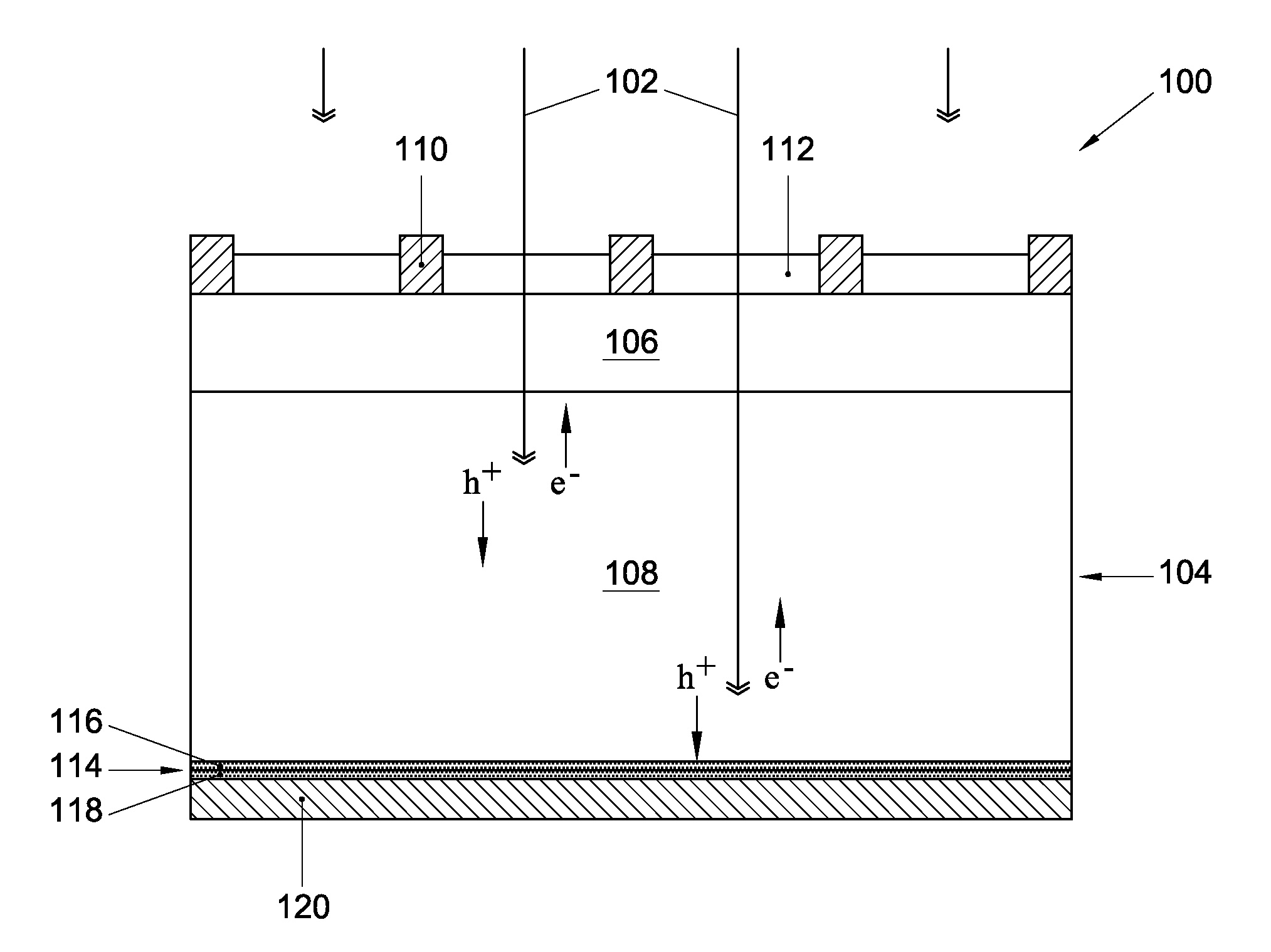Ald of metal oxide film using precursor pairs with different oxidants
a metal oxide film and precursor technology, applied in the field of semiconductor processing, can solve the problems of ozone and oxygen plasma, attack the underlying substrate, undetectable oxidation of the original substrate, etc., and achieve the effect of improving efficiency
- Summary
- Abstract
- Description
- Claims
- Application Information
AI Technical Summary
Benefits of technology
Problems solved by technology
Method used
Image
Examples
Embodiment Construction
[0014]Atomic layer deposition (ALD) is a thin film deposition method wherein two or more gaseous precursors are alternately and repeatedly applied to a substrate. A series of sequential steps in which a surface of the substrate is exposed to all precursors is called a deposition cycle. Each deposition cycle grows a single monolayer of the desired film. This is due to the fact that in ALD the film growth depends on chemisorption, a process whereby a precursor molecule adheres to a substrate's surface through the formation of a chemical bond without further thermal decomposition of the precursor molecule taking place. Chemisorption stops naturally when all substrate surface sites available for chemical bonding with a precursor have been covered. Hence, exposing a substrate to a first precursor results in a first-precursor-monolayer that is one atom or molecule thick on the entire exposed substrate surface; i.e. a saturated monolayer. Practically, chemisorption may not occur on all por...
PUM
| Property | Measurement | Unit |
|---|---|---|
| thickness | aaaaa | aaaaa |
| thickness | aaaaa | aaaaa |
| thickness | aaaaa | aaaaa |
Abstract
Description
Claims
Application Information
 Login to View More
Login to View More - R&D
- Intellectual Property
- Life Sciences
- Materials
- Tech Scout
- Unparalleled Data Quality
- Higher Quality Content
- 60% Fewer Hallucinations
Browse by: Latest US Patents, China's latest patents, Technical Efficacy Thesaurus, Application Domain, Technology Topic, Popular Technical Reports.
© 2025 PatSnap. All rights reserved.Legal|Privacy policy|Modern Slavery Act Transparency Statement|Sitemap|About US| Contact US: help@patsnap.com


